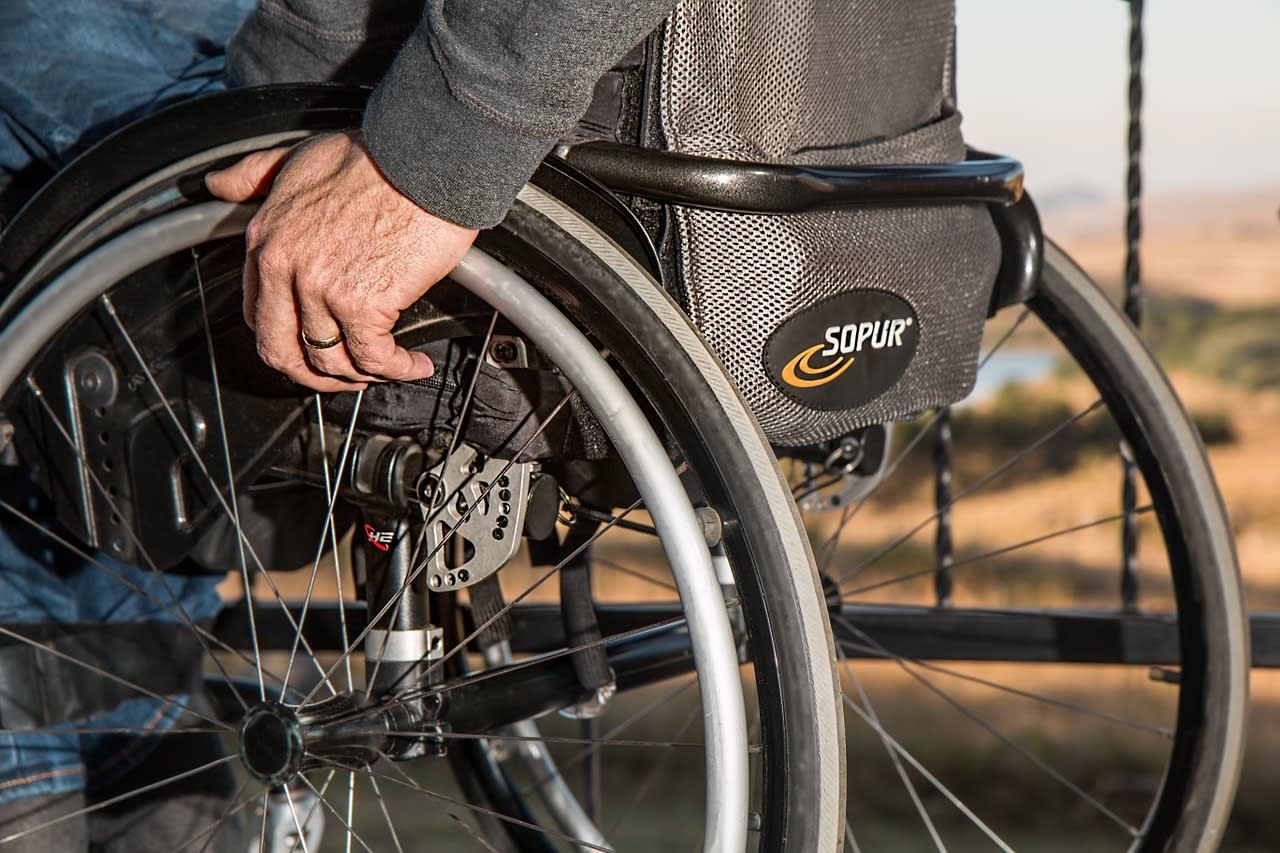Our Shuls are designed to help us feel closer to G-d through the holy rituals we perform, the spiritual atmosphere we soak in, and the supportive and caring kehillah (community) we become part of. It’s a place where we bring our children to teach them about the impact of Tefillah (prayer) and it serves as the epicenter of our community. However, for those with disabilities, our Shuls aren’t always very accessible, and we must do our part to make shuls a place that all members of our community feel welcomed.
In February, Yachad, the leading group for individuals with disabilities in the Orthodox community, will be celebrating North American Inclusion Month (NAIM) and offers these recommendations for Shuls to make themselves more inclusive. At times, creating accessible spaces can seem very time consuming and financially challenging, but we have compiled a list of five ways you can make your synagogue more inclusive and physically accessible without breaking the bank.
- Accessible Heights – making some minor tweaks to existing components of your synagogue can go a long way in making all congregants, especially people in wheelchairs, feel included and recognized. For example, lower your box of kippot and tallitot so that everyone, including people in wheelchairs, can reach them.
- Clear Signage – make sure your congregants are aware of the accessible accommodations and resources available to them in your Shul. For example, post clear picture-based signage around your Shul indicating the locations of and path towards the accessible accommodations throughout your synagogue (such as entrances/exits, accessible bathrooms, accessible seating in sanctuary, etc.). Add all applicable symbols of accessibility in all publicity and marketing for your congregation and its events, such as the icons for wheelchair access, assistive listening devices, etc. By doing so, you’ll mitigate their anxiety about attending because they will already know that you have considered their needs.
- Seating – strive for inclusion not integration. Don’t settle for integrating those who are mobility impaired into your Minyan by having a side-section of your sanctuary reserved for those who need accessible seating, by separating the seating, those with physical disabilities will more likely feel excluded than included in the davening. Make your sanctuary inclusive by creating spaces throughout the room that are accessible to congregants who use wheelchairs or are mobility impaired. Shorten pews or rows on the aisle side so someone using a wheelchair can sit with friends and family. Have aisles that are wide enough that people can comfortably walk by without disturbing a person in a wheelchair.
- Magnifying – make sure everyone, including those have difficulty seeing can follow along and participate in the davening. Attach plastic magnifying sheets into the cover of siddurim and chumashim that can be used as needed. Have Braille siddurim available for use by congregants who are blind.
- Create an Inclusion committee – assemble a diverse group of congregants that will identify and address any obstacles to or concerns about accessibility and then brainstorm and implement solutions to ensure that all congregants feel welcomed, appreciated, and included
By implementing these five steps, you can help make your Shul more inclusive and welcoming to all – including those with disabilities. We must do our part to make sure that our Shuls are fully accessible for those with disabilities. Judaism puts a big focus on community and it’s our responsibility to make sure that our Shuls are accessible to the full community. Please join us in celebrating NAIM 2020 by helping create inclusive and accessible Shuls for every Jew.
Dov Levinson, M.S.Ed is a disability educator for Yachad, the leading group for individuals with disabilities in the Orthodox community.
This article was originally published in the 5 Towns Jewish Home
The words of this author reflect his/her own opinions and do not necessarily represent the official position of the Orthodox Union.

